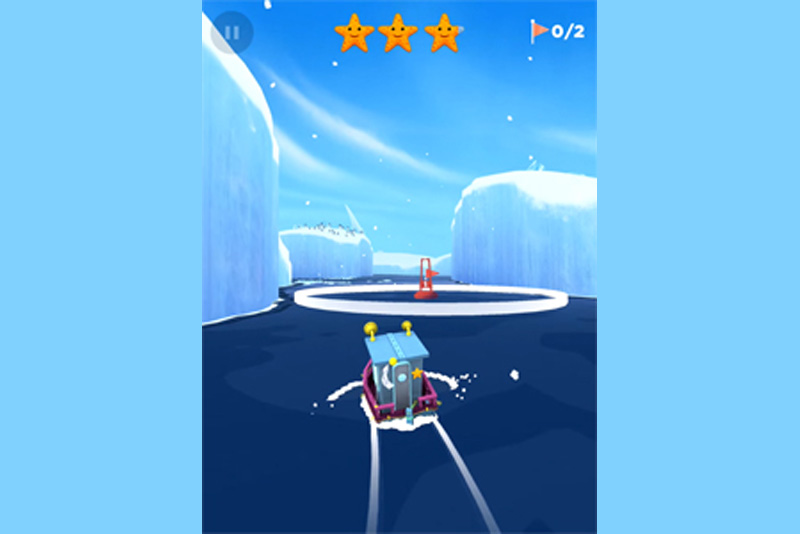Dragon Ball Z - The Legacy of Goku II

 | “Dragon Ball Z” is one of the most well known anime series’ around, and so it is a sure thing that many, many games will be made about it. One of them is “Dragon Ball Z: The Legacy of Goku II” for the Game Boy Advance. It is, surprisingly, a Role-Playing Game, in that your characters gain levels and experience. It takes the story of some of the parts of Dragon Ball Z, namely the Trunks, Android, and Cell Sagas. If you watch Dragon Ball and/or Dragon Ball Z, then most likely you know what these are. If not, it is probably best to start with the previous game, “The Legacy of Goku”. There are, in fact, quite a few things that you need other sources to know about. The basic premise is the same as the TV series for the specified Sagas: the Trunks saga is about a boy from the future (Trunks) going back in time to stop two androids that have destroyed his world. The Android saga is about the androids he was supposed to stop getting loose and wreaking havoc, and the Cell saga is about another android who also comes back in time to fulfill his mission of perfection by consuming both humans and his fellow androids. It’s all very, very confusing for the initiate to DBZ. |
Over the course of “DBZ: The Legacy of Goku II”, you control five different characters. Goku, who the game is named after, is a very powerful, warlike alien creature called a Saiyan. The Saiyans appear humanoid except that they have tails that allow them, for some reason, to turn into giant apes at the full moon. Goku, luckily, has had his tail cut off and also is very friendly and open. Vegeta, who is also a Saiyan (the prince of Saiyans, actually), is also controllable. He used to be a villain, but has cooled off. Gohan is Goku’s teenage son, and he also has great power. He is half-Saiyan, as his mother is a human. Trunks, the boy from the future, is actually Vegeta’s son, and he also is half-Saiyan. Last is Piccolo, who is of the green, semi-plantlike race known as the Namekians (from the planet Namek). He is the evil half of a great Namek who for some reason split in two, but he gradually becomes more on the side of good. All these characters have 5 attacks. They start with a basic melee attack (punching and kicking) and the ability to shoot out little blasts of Ki (their inner energy). Over the course of the game, the characters can each learn two special energy attacks and one charge-up melee attack. They can also go into “Super” mode (Super Saiyan for Goku, Vegeta, Gohan, and Trunks and Super Namek for Piccolo when he merges with his “good side”, Kami). “Super” mode increases the characters’ stats while their energy bar (used for energy attacks) goes down. For some reason, going into “Super Saiyan” mode makes those who use it have their hair become yellow and stick up. It’s very strange.
The gameplay mostly consists of a 3rd-person view of your selected character, and “leveling up” is done by, well, beating the crud out of things until they die (or, in this case, poof into clouds of dust). You can also get Capsules, which give you stat bonuses. One of the neat things you get is called a Scouter, which allows you to scan characters to read their histories (which helps a lot) and to scan enemies to see their stats and health. There are boss battles, which consist mostly of beating up tough people. Their health appears as a bar in the corner, and often in cases where you’re not supposed to kill the guy, the battle ends when you get his or her health down most of the way. There are also many sub-quests, like “retrieve all the gold capsules” or “get the old man his fishing gear”. You often get Stat Capsules for these things, and sometimes even things for other sub-quests (in a chain).
This is a good, solid game for any DBZ fan. People who don’t know it should probably start with the first game. 8/10.
Buy Dragon Ball Z: The Legacy of Goku II on Amazon!

Editor's Picks Articles
Top Ten Articles
Previous Features
Site Map
Follow @lisavideogames
Tweet
Content copyright © 2023 by James Shea. All rights reserved.
This content was written by James Shea. If you wish to use this content in any manner, you need written permission. Contact Lisa Shea for details.




